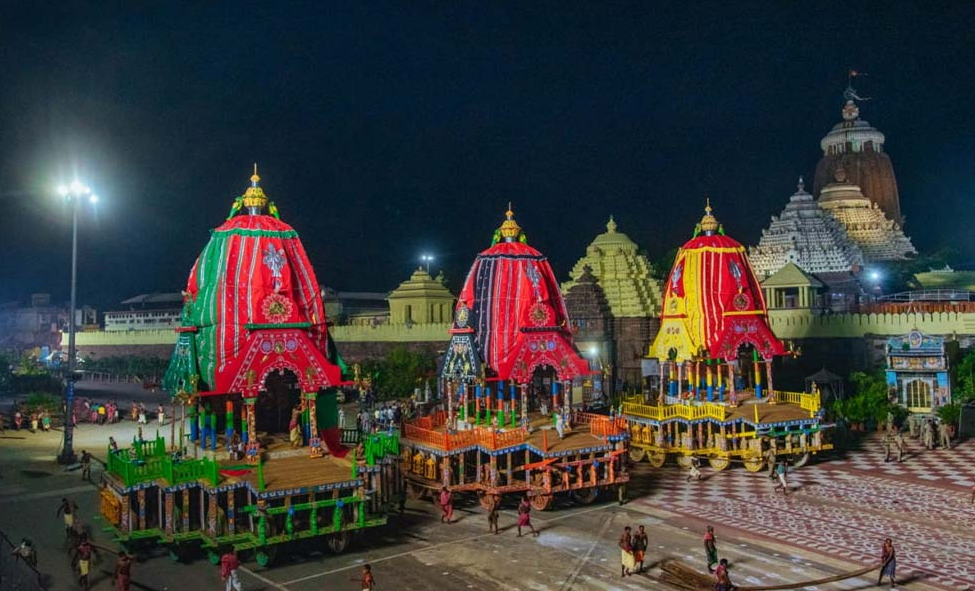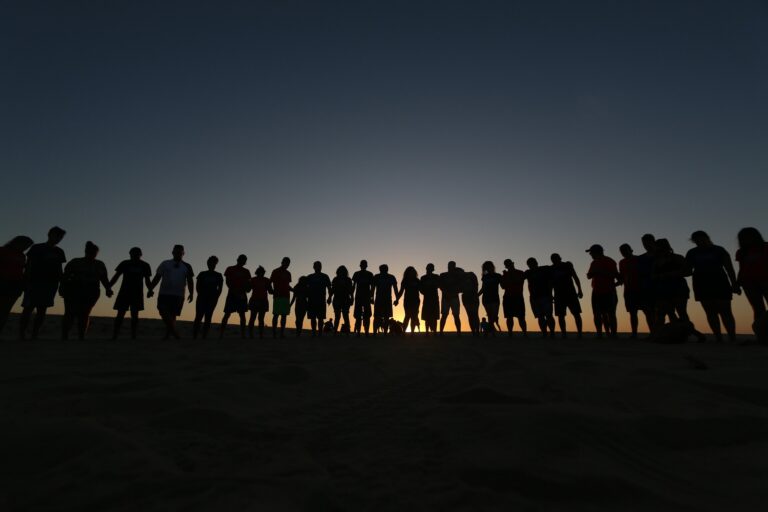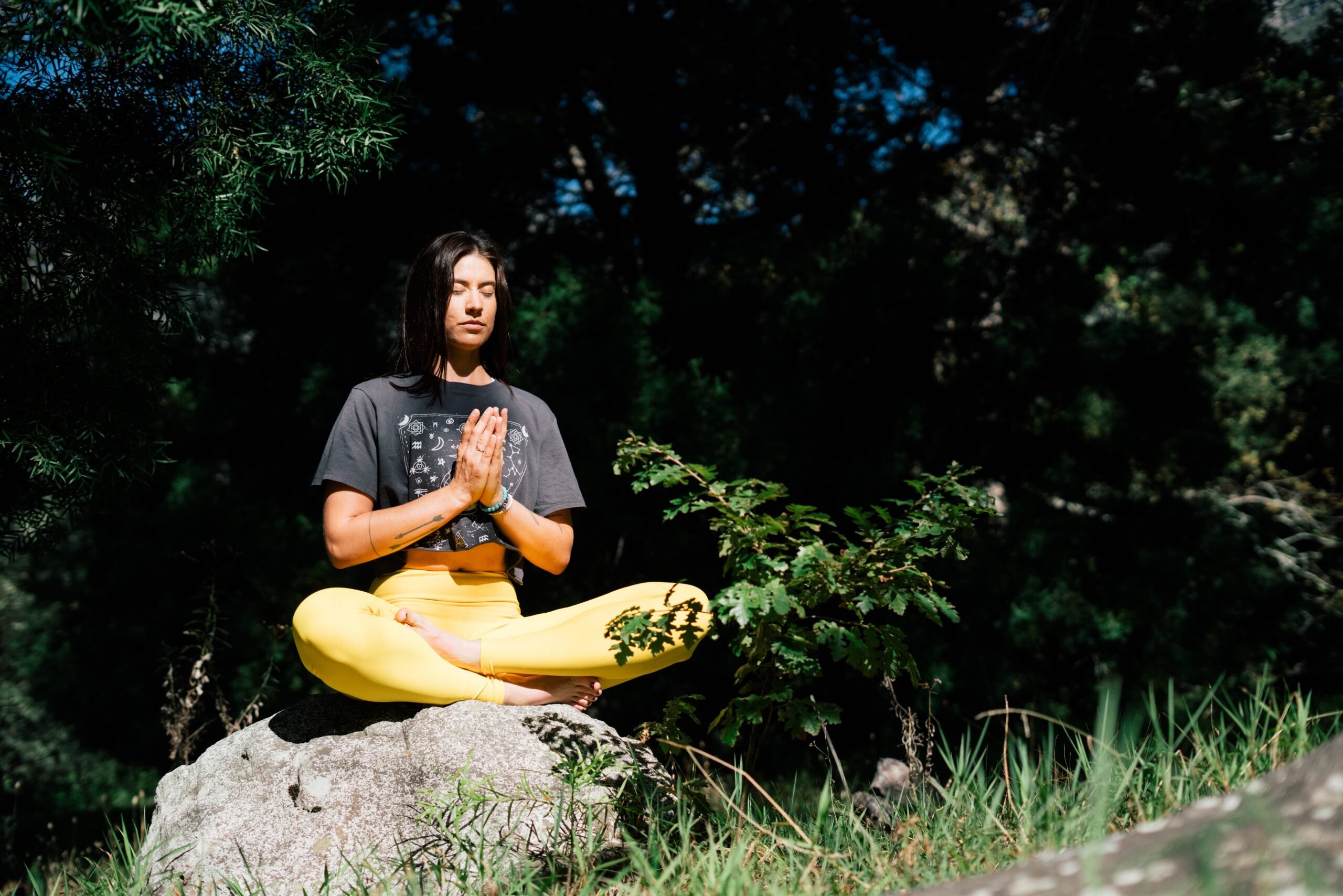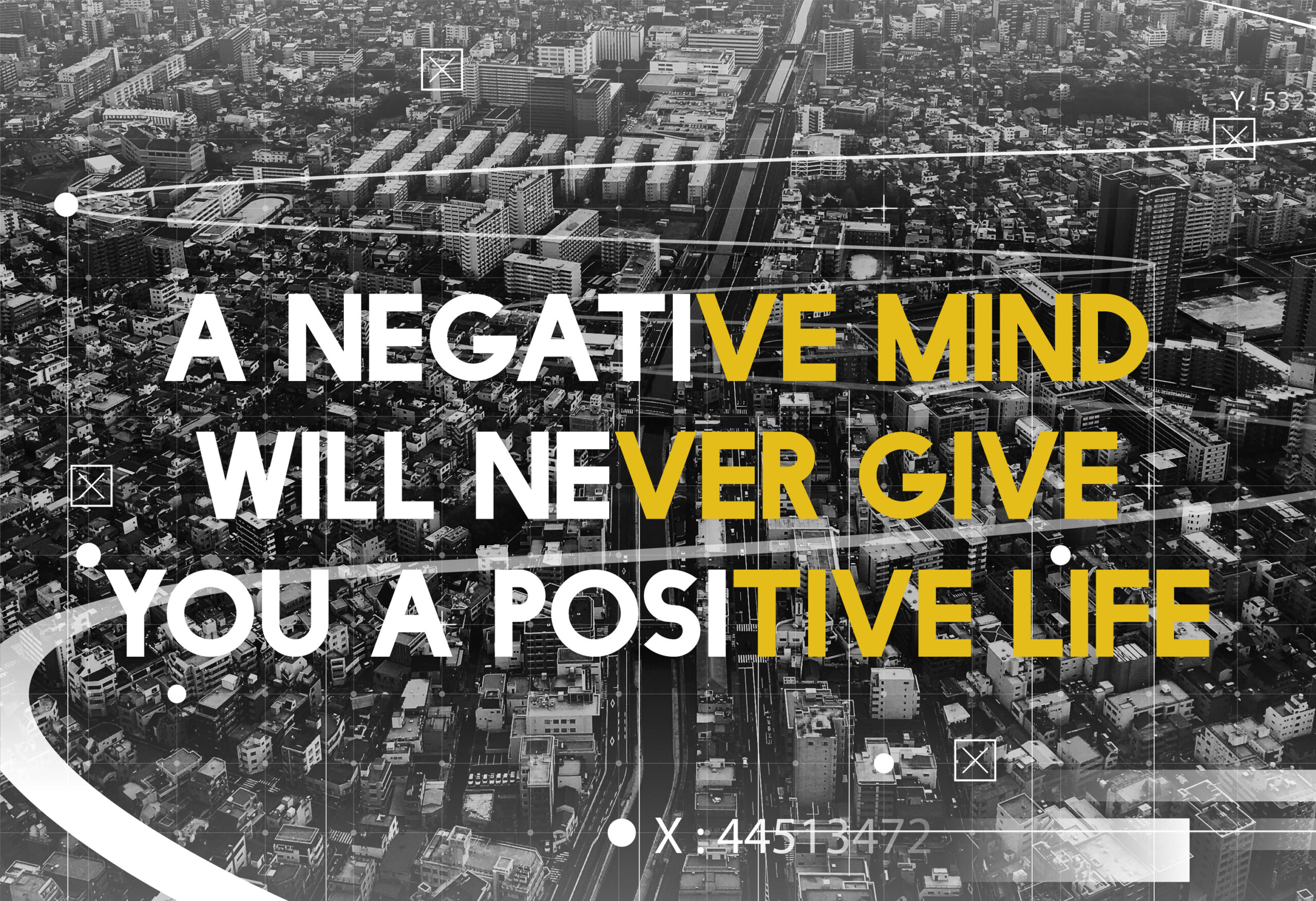Rath Yatra: Embarking on a Soul-Stirring Journey of Devotion
Introduction:
India is a land of rich cultural heritage and diverse religious festivities. One such grand celebration that captures the hearts of millions is the auspicious Rath Yatra, also known as the Chariot Festival. It is a time when the divine deities embark on a journey, and devotees unite to pull their chariots through the streets. This article delves into the essence of Rath Yatra, its origins, rituals, and its significance in the lives of countless devotees.
Table of Contents

mage courtesy:https://www.shreejagannatha.in/
What is Rath Yatra?
2.1 Origins and Significance:
At the heart of Rath Yatra lies the enchanting tale of Lord Jagannath, the revered incarnation of Lord Vishnu, and his beloved siblings, Lord Balabhadra and Devi Subhadra. This awe-inspiring festival can be traced back through the annals of time to ancient Hindu mythology, where it has thrived as a symbol of profound spiritual significance..
2.2The Chariots and Deities:
The centerpiece of Rath Yatra is the magnificent chariots that carry the idols of Lord Jagannath, Lord Balabhadra, and Devi Subhadra. These chariots are constructed anew every year using specific types of wood and following precise rituals. The idols are adorned with beautiful garments and jewelry, captivating the onlookers.
2.3 Celebration in Puri, Odisha:
The holy city of Puri, situated in the eastern state of Odisha, hosts the grandest Rath Yatra in the country. Millions of devotees flock to witness this divine event and be part of the soul-stirring procession. The streets of Puri come alive with colors, music, and devotion during the festival.
Preparations and Rituals:
3.1 Building the Chariots:
Months before Rath Yatra, skilled artisans and carpenters begin crafting the grand chariots. The process involves elaborate rituals and customs to ensure the sanctity of the chariots and their association with the divine. The chariots are immense, towering structures, and their construction is a labor of love and devotion.
3.2 Devotees’ Participation:
One of the unique aspects of Rath Yatra is the active involvement of devotees in pulling the chariots. People from all walks of life come together, joyously pulling the ropes, believing it to be a path to salvation. This collective act of devotion fosters a sense of unity and equality among all participants.
3.3 Prayers and Offerings:
As the festival approaches, the fervor intensifies. Devotees engage in prayers, seeking blessings from the deities for health, happiness, and prosperity. They offer flowers, coconuts, and other symbolic items to express their devotion and seek divine grace.
The Grand Procession:
4.1 Journey to Gundicha Temple:
On the day of Rath Yatra, the deities are ceremoniously placed in their respective chariots. The procession commences from the Jagannath Temple and proceeds towards the Gundicha Temple, located a few kilometers away. The journey is filled with devotion, chanting, and celebrations.
4.2 Symbolism and Traditions:
Rath Yatra symbolizes the journey of the divine deities to their birthplace at Gundicha Temple, where they stay for a few days. This represents the annual visit of Lord Jagannath to meet his maternal aunt. The traditions associated with Rath Yatra are deeply rooted in mythology and have been followed for generations.
4.3 Cultural Extravaganza:
Rath Yatra is not only a religious festival but also a cultural extravaganza. The streets come alive with various cultural performances, including music, dance, and theatrical shows. It is a time for artists to showcase their talents and for the audience to revel in the joyous atmosphere.
Rath Yatra Beyond Puri:
5.1 Celebrations in Other Cities:
While Puri remains the epicenter of Rath Yatra, the festival is celebrated with equal enthusiasm in various other cities and towns across India. Temples dedicated to Lord Jagannath in different regions organize their own Rath Yatra, drawing people from nearby areas.
5.2 Global Observance:
Over the years, Rath Yatra has transcended borders, and its celebrations can be witnessed in different parts of the world where a significant Indian diaspora exists. NRIs and devotees from all nationalities participate in the joyous festival, fostering cultural exchange and understanding.
COVID-19 and Rath Yatra:
6.1 Impact on Celebrations:
The outbreak of the COVID-19 pandemic posed significant challenges to the celebration of Rath Yatra. In some years, the festivities had to be restricted, and the participation of devotees was limited to curb the spread of the virus.
6.2 Virtual Rath Yatra:
To ensure that the spirit of Rath Yatra remained undeterred even during the pandemic, virtual Rath Yatra events were organized. Devotees from across the globe participated online, watching the live-streamed processions and offering prayers from the safety of their homes.
Conclusion:
Rath Yatra, the divine journey of chariots and devotion, is a spectacle that showcases the unity of a diverse nation in its love for the divine. The festival’s grandeur, traditions, and cultural significance make it a cherished event for millions of people worldwide. Rath Yatra stands as a reminder of the enduring power of faith and the shared heritage that binds humanity together.
FAQs:
1. What is the significance of Rath Yatra?
Rath Yatra is of great religious and cultural significance, symbolizing the journey of divine deities and fostering unity among devotees.
2. How long does Rath Yatra last?
The main Rath Yatra procession in Puri usually lasts for about 9 days, including the journey to Gundicha Temple and the return.
3. Can anyone participate in the procession?
Yes, one of the unique aspects of Rath Yatra is that anyone, regardless of caste, creed,




















